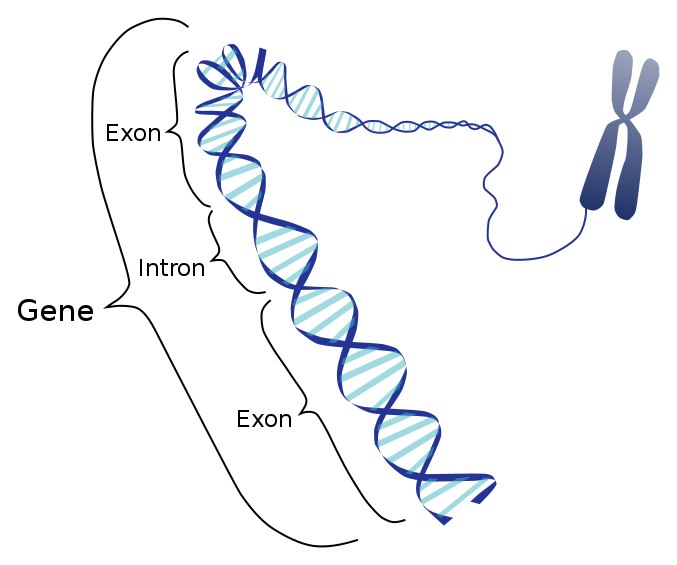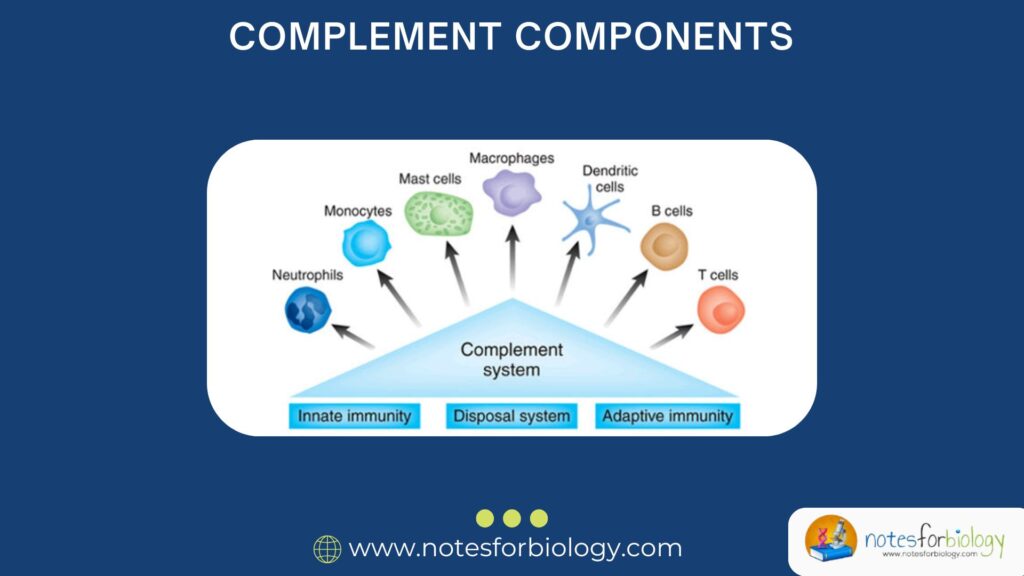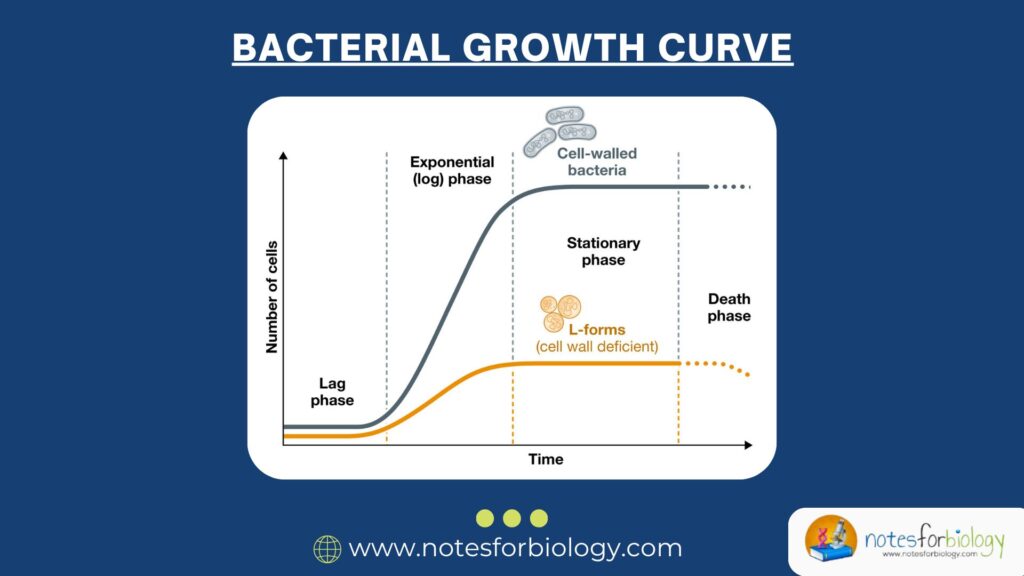Introduction
In the world of genetics and molecular biology, exons play a crucial role in how our bodies build proteins. Although DNA may seem like a long, unreadable code at first, it is actually divided into important regions that guide the cell on how to make the proteins it needs. These protein-coding segments are called exons.

This document will take a deep look into what exons are, how they are structured, how they are separated from other parts of the gene, and especially, how they are joined together through a process called splicing. Everything is explained in a simple, human-friendly way so that even if you’re not a scientist, you’ll understand how your cells read genetic instructions and create proteins.
Table of Contents
What is an Exon?
An exon is a segment of a gene that contains information used to make a protein. The word “exon” comes from “expressed region,” because these parts of the gene are eventually expressed or translated into proteins.

Genes are made up of both exons and introns. While exons contain useful instructions, introns are non-coding regions that do not directly code for proteins. During a process called RNA splicing, the introns are removed and the exons are joined together to form a continuous message that can be translated into a protein.
Key Features of Exons:
- Found within the coding region of a gene.
- Present in both DNA and RNA.
- Remain in the mature mRNA after splicing.
- Code for specific amino acids, which are the building blocks of proteins.
Structure of Exons
Exons are short segments of DNA that are interspersed with introns in a gene. The entire gene (exons + introns) is transcribed into a molecule called pre-mRNA. This pre-mRNA is later processed to remove introns and join exons together.

A typical exon contains:
- Start and end sequences: These mark the boundaries between exons and introns.
- Codons: Each group of three nucleotides in an exon represents a codon, which codes for a specific amino acid.
- Splice sites: Special sequences at the junctions where splicing enzymes know where to cut and join.
Exons can vary in length. Some are very short, with just a few nucleotides, while others are much longer. The number and arrangement of exons in a gene also vary between genes and species.
Pre-mRNA and the Need for Splicing
When a gene is activated, the first step is transcription, where an RNA copy is made from the DNA. This RNA copy is called pre-mRNA and it includes both introns and exons. But before this pre-mRNA can be used to make a protein, it needs to be edited. This editing is called splicing.
Why Is Splicing Important?
- It removes non-coding introns that would interfere with protein synthesis.
- It ensures that the correct order of exons is maintained.
- It allows cells to create different versions of a protein from the same gene (alternative splicing).
What is Splicing?
Splicing is a process that occurs in the nucleus of eukaryotic cells, where introns are removed from pre-mRNA and exons are joined together to form a mature messenger RNA (mRNA).
Where Does It Happen?
Splicing happens in the nucleus before the mRNA is exported to the cytoplasm.
Who Does the Job?
A molecular machine called the spliceosome carries out splicing. The spliceosome is made up of small nuclear RNAs (snRNAs) and proteins. Together, they are known as snRNPs (small nuclear ribonucleoproteins).
Steps of the Splicing Process
Splicing is a highly accurate and precise process that involves several steps:
1. Recognition of Splice Sites
- Each intron has specific sequences at its 5’ and 3’ ends.
- The spliceosome recognizes these sequences to know where to cut.
2. Cutting at the 5’ Splice Site
- The first cut is made at the 5’ end of the intron.
- This frees the exon on one side of the intron.
3. Formation of a Lariat
- The intron loops back and attaches to a special branch point within itself.
- This looped structure is called a lariat.
4. Cutting at the 3’ Splice Site
- The second cut is made at the 3’ end of the intron.
- The two exons are now free to be joined together.
5. Joining of Exons
- The free ends of the two exons are joined.
- The intron is released as a lariat and eventually degraded.
Alternative Splicing
One of the most fascinating features of exons is their role in alternative splicing. This is a process where different combinations of exons are joined together to make different versions of mRNA from the same gene.
Why is it Important?
- It increases protein diversity.
- One gene can make several different proteins.
- It allows cells to adapt and perform specialized functions.
Types of Alternative Splicing:
- Exon skipping: An exon is left out.
- Mutually exclusive exons: One of two exons is included, not both.
- Alternative 5’ splice site: Different start point of the exon.
- Alternative 3’ splice site: Different end point of the exon.
- Intron retention: An intron is not spliced out and remains in the final mRNA.
Regulation of Splicing
Splicing is tightly regulated to ensure that the correct protein is made.
Factors That Affect Splicing:
- Splicing enhancers and silencers: Short RNA sequences that help or hinder splice site recognition.
- RNA-binding proteins: These bind to pre-mRNA and guide the spliceosome.
- Cell type and developmental stage: Splicing patterns can change depending on the cell’s needs.
Errors in Splicing and Diseases
Mistakes in splicing can cause serious problems, including genetic diseases and cancer.
Common Problems:
- Incorrect joining of exons
- Inclusion of introns
- Skipping of important exons
Diseases Linked to Splicing Errors:
- Spinal Muscular Atrophy (SMA)
- Cystic Fibrosis
- Some cancers (like breast and colon cancer)
- Beta-thalassemia (a blood disorder)
Understanding how splicing works has helped scientists develop therapies to fix or bypass faulty splicing.
Techniques to Study Exons and Splicing
Scientists use several methods to study how exons are joined and how splicing works:
- RT-PCR (Reverse Transcriptase PCR): To see which exons are included in mRNA.
- RNA sequencing: To read the entire mRNA and identify splicing patterns.
- Splicing reporter assays: To test how certain sequences affect splicing.
- CRISPR gene editing: To change splice sites and study the effect.
Role of Exons in Evolution
The presence of exons and introns in eukaryotic genes may have allowed for greater evolutionary flexibility. Through alternative splicing, organisms can create different proteins from a single gene, increasing complexity without needing more genes.
This may explain why humans have fewer genes than expected but still manage to be complex organisms.
Exons in Biotechnology and Medicine
Because exons code for proteins, they are a focus of research in gene therapy and biotechnology.
Applications:
- Gene therapy: Editing or replacing faulty exons.
- Cancer therapy: Targeting splicing errors.
- Synthetic biology: Designing custom exons to make specific proteins.
- Diagnostics: Detecting abnormal splicing patterns as early disease markers.
Conclusion
Exons are the working parts of a gene – they carry the actual instructions needed to build proteins. Through the highly organized and precise process of splicing, cells remove introns and stitch exons together, ensuring that the final message is correct and useful.
Understanding exons and splicing gives us a deeper look into the very foundation of life and opens the door to powerful medical and technological advancements. From basic biology to cutting-edge therapies, exons are truly central to how genes become proteins and how life expresses itself.
Three Key Summary
- Exons are the coding regions of a gene that remain in the mRNA and are used to make proteins.
- Splicing is the process of removing introns and joining exons together in the correct order.
- Alternative splicing increases protein diversity and is essential for normal development and health.
FREQUENTLY ASKED QUESTIONS
What is the difference between exons and introns?
Exons code for proteins and remain in mRNA, while introns are non-coding regions that are removed during splicing.
Where does splicing happen?
In the nucleus of eukaryotic cells.
What is a spliceosome?
A large complex made of snRNAs and proteins that performs the cutting and joining during splicing.
Related Articles




